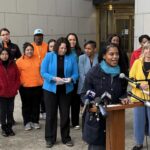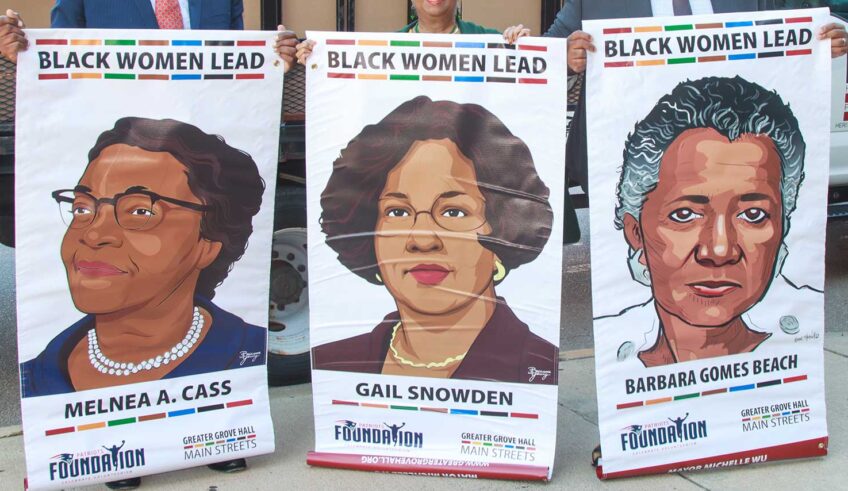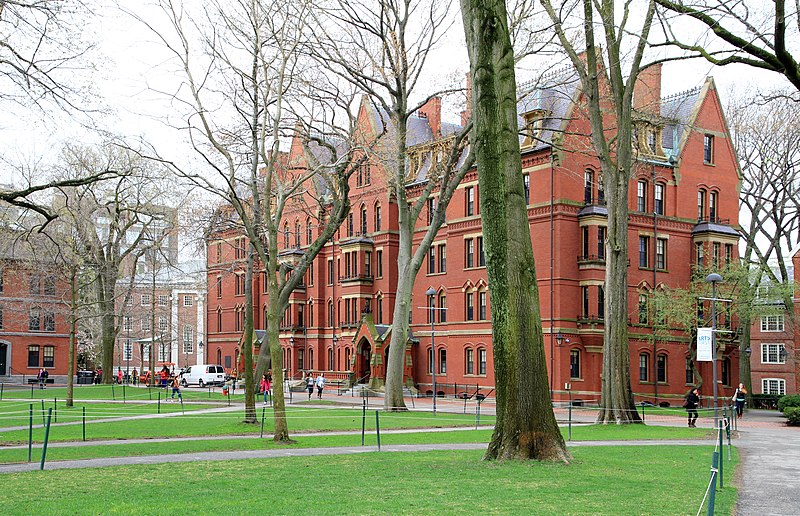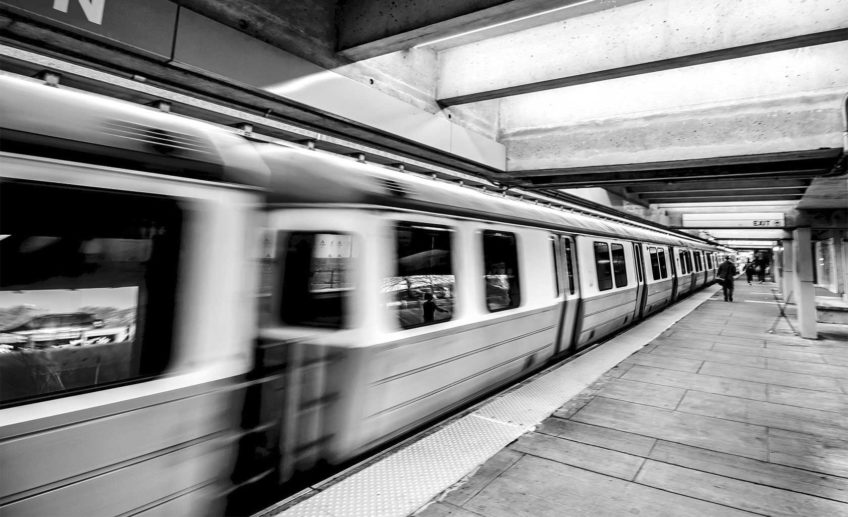Last week the Department of Labor released the September jobs report, one of the key indicators of the nation’s well-being. The report, which could be the last before the midterm elections, shows that the unemployment rate has fallen to 5.9 percent, down from 10 percent when Obama took office in 2009. However, not all the information contained in the September Employment Situation Summary was good news.
Close to 50 percent more Latinos are without work than whites. Black unemployment is double that for whites, with more than one out 10 African-Americans without work. Nearly half of all young black men in many of the nation’s largest urban areas are jobless. The tough news doesn’t end there. The unemployment rate for those under 30 is nearly double the official number, according to analysis by Generation Opportunity, a non-profit organization that focuses on millennials.
But these numbers weren’t enough to dampen the mood.
On Friday, when the jobs data was released, the White House Council of Economic Advisers put out a statement declaring that “our economy has bounced back more strongly than most around the world.” The Wall Street Journal echoed the economic comeback drum beat by stating that the employment announcement was “lifting hopes” for an economy that’s still flat on its back in many ways.
But the trouble with the official unemployment rate is that it may not tell us much about what’s happening in the real economy. Beyond the terrible numbers for blacks, Latinos and people under 30, there’s an even larger conundrum that casts doubt on using the official unemployment rate to measure economic health.
The truth is that the 5.9 percent unemployment rate doesn’t factor in the millions of people who have stopped looking for work or dropped out of the workforce all together. This trend, measured by something called the “labor force participation rate,” shows that fewer people are effectively working than at any point in almost 40 years. As the Department of Labor states, many of these potential job-holders are not looking for work “because they believe that there are no jobs available for them.”
Analysis from the Economic Policy (EPI) Institute calls these frustrated job-seekers the “missing part of the puzzle” in understanding what’s really going on economically. Their research shows that if you include the nearly 6 million missing workers into official unemployment calculations, the jobless rate nearly doubles to 11 percent or nearly 1 out of 9 people.
As if this wasn’t enough there’s an even larger number that points to our currently reality. If we factor in people who work part-time but want full-time jobs, our economy would be nearly 20 million jobs short of where we need to be for everyone to make ends meet. That’s higher than all of the jobs lost during the Great Recession.
The truth about where we are may be why Democrats continue to struggle in the run-up to November’s elections.
Predictions by leading political scientist such as Larry Sabato and statistical websites such as Five Thirty-Eight have barely changed over the last six months. The latest round of opinions and estimates continue to give Republicans the edge in taking the Senate and making modest gains in the House of Representatives where they already hold the majority.
Especially difficult terrain for Democrats is the South. As The Wall Street Journal reports, official unemployment in Georgia, Alabama, Louisiana, South Carolina and Tennessee has gone up this year. Blacks and Latinos suffer disproportionately from joblessness in these states, and their votes could prove critical in key Southern races. For candidates who rely on these groups to show up at the polls, the potential that they’ll skip voting due to worsening economic conditions is a worry. As former White House Press Secretary Jay Carney told CNN “most people this fall are going to vote on economic issues.”
If economic frustration also leads to poor turnout of people under 30, America will take a very different course during the last two years of Obama’s presidency.
The everyday economic reality of people in the United States—where 7 out of 10 Americans believe believe that the recession has continued more than five years after it was declared officially over—may also mean a different political reality after the November 2 elections.
Whatever the electoral outcome, the hope is that millions more people will gain a financial reality that actually matches the upbeat media messages.
Imara Jones is the Economic Justice contributor for Colorlines.com. Originally published on Colorlines.com.






